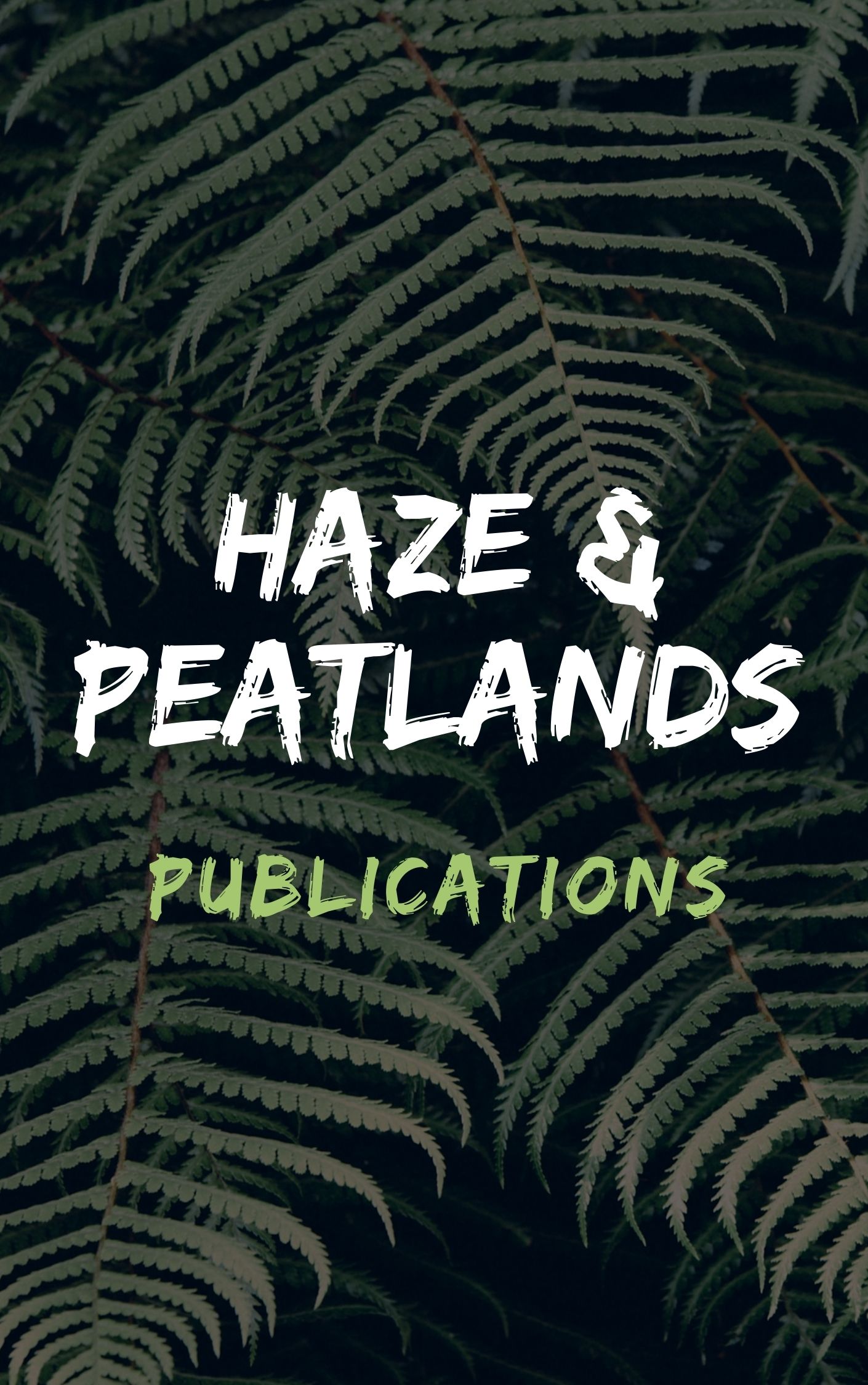This review discusses disinfection by-products’ (DBPs) potential precursors, formation, and toxicity, alongside available research on the treatment of DBPs in Southeast Asian countries' water sources. Although natural organic matter (NOM) in the form of humic and fulvic acids is the major precursor of DBPs formation, the presence of anthropogenic organic matter (AOM) also plays essential roles during disinfection using chlorine. NOM has been observed in water sources in Southeast Asian countries, with a relatively high concentration in peat-influenced water sources and a relatively low concentration in non-peat-influenced water sources. Similarly, AOMs, such as microplastics, pharmaceuticals, pesticides, and endocrine-disrupting chemicals (EDCs), have also been detected in water sources in Southeast Asian countries. Although studies regarding DBPs in Southeast Asian countries are available, they focus on regulated DBPs. Here, the formation potential of unregulated DBPs is also discussed. In addition, the toxicity associated with extreme DBPs' formation potential, as well as the effectiveness of treatments such as conventional coagulation, filtration, adsorption, and ozonation in reducing DBPs’ formation potential in Southeast Asian sources of water, is also analyzed.
View source

